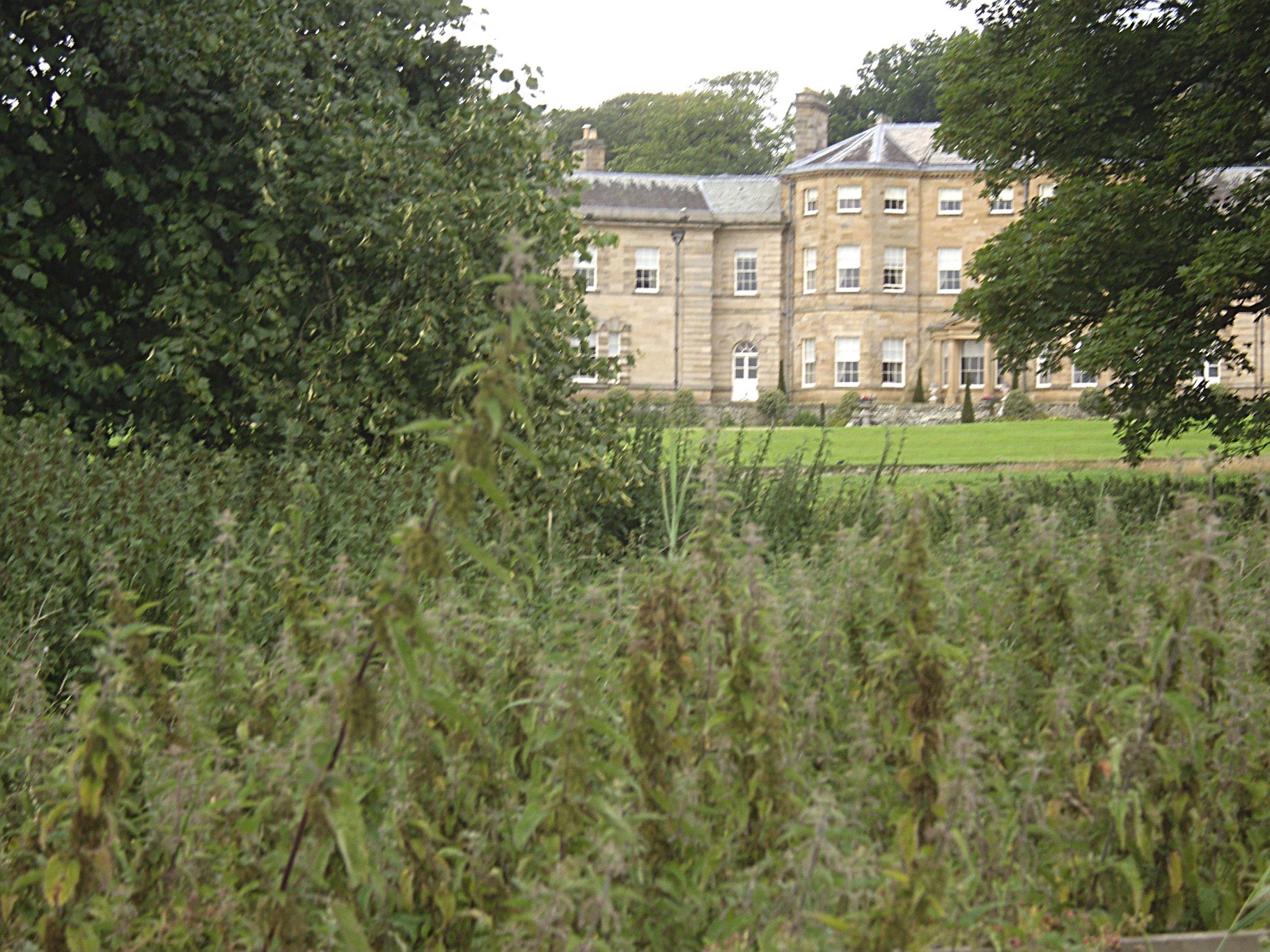Chesters (Humshaugh) on:
[Wikipedia]
[Google]
[Amazon]
Chesters is an 18th-century country mansion adjacent to 
 The house was built for John Errington of Walwick Grange''The Beauties of England and Wales; Delineations Topographical, Historical and Descriptive'' Vol XII Pt I Rev J Hodgson and FC Laird (1813) p135 Google Books in about 1771 with three storeys and four bays but was much improved and extended by architect
The house was built for John Errington of Walwick Grange''The Beauties of England and Wales; Delineations Topographical, Historical and Descriptive'' Vol XII Pt I Rev J Hodgson and FC Laird (1813) p135 Google Books in about 1771 with three storeys and four bays but was much improved and extended by architect
Keys to the Past
{{coord, 55.027, -2.145, type:landmark_source:enwiki-googlemaplink, display=title Grade II* listed buildings in Northumberland Country houses in Northumberland Grade II* listed houses Houses completed in 1771 Richard Norman Shaw buildings
Hadrian's Wall
Hadrian's Wall ( la, Vallum Aelium), also known as the Roman Wall, Picts' Wall, or ''Vallum Hadriani'' in Latin, is a former defensive fortification of the Roman province of Britannia, begun in AD 122 in the reign of the Emperor Hadrian. Ru ...
and the Roman fort
In the Roman Republic and the Roman Empire, the Latin word ''castrum'', plural ''castra'', was a military-related term.
In Latin usage, the singular form ''castrum'' meant 'fort', while the plural form ''castra'' meant 'camp'. The singular and ...
of Cilurnum at Humshaugh, Northumberland
Northumberland () is a county in Northern England, one of two counties in England which border with Scotland. Notable landmarks in the county include Alnwick Castle, Bamburgh Castle, Hadrian's Wall and Hexham Abbey.
It is bordered by land ...
, England
England is a country that is part of the United Kingdom. It shares land borders with Wales to its west and Scotland to its north. The Irish Sea lies northwest and the Celtic Sea to the southwest. It is separated from continental Europe ...
. It is a Grade II* listed building
In the United Kingdom, a listed building or listed structure is one that has been placed on one of the four statutory lists maintained by Historic England in England, Historic Environment Scotland in Scotland, in Wales, and the Northern Ir ...
.

 The house was built for John Errington of Walwick Grange''The Beauties of England and Wales; Delineations Topographical, Historical and Descriptive'' Vol XII Pt I Rev J Hodgson and FC Laird (1813) p135 Google Books in about 1771 with three storeys and four bays but was much improved and extended by architect
The house was built for John Errington of Walwick Grange''The Beauties of England and Wales; Delineations Topographical, Historical and Descriptive'' Vol XII Pt I Rev J Hodgson and FC Laird (1813) p135 Google Books in about 1771 with three storeys and four bays but was much improved and extended by architect Norman Shaw
Richard Norman Shaw RA (7 May 1831 – 17 November 1912), also known as Norman Shaw, was a British architect who worked from the 1870s to the 1900s, known for his country houses and for commercial buildings. He is considered to be among the g ...
in 1891. The 1891 work included five two-storeyed three-bay wings and a stable block. The stable block is separately Grade II* listed.
Of the five wings, three were diagonal, creating suntrap flanks for the south and west fronts. Shaw's remodelling of Chesters kindled the popularity of the butterfly plan
A Butterfly plan, also known as a Double Suntrap plan, is a type of architectural plan in which two or more wings of a house are constructed at an angle to the core, usually at approximately 45 degrees to the wall of the core building. It was used ...
in the late 19th and early 20th centuries.
The estate was acquired by Nathaniel Clayton (Town Clerk of Newcastle upon Tyne 1785–1822) in 1796. His son John Clayton, who succeeded him as Town Clerk in 1822, was a keen antiquarian
An antiquarian or antiquary () is an fan (person), aficionado or student of antiquities or things of the past. More specifically, the term is used for those who study history with particular attention to ancient artifact (archaeology), artifac ...
and excavated the ruins of the Roman fort of Cilurnam adjacent to the house. He made a large collection of Roman artefacts, which is now displayed at Chesters Museum.
References
External links
Keys to the Past
{{coord, 55.027, -2.145, type:landmark_source:enwiki-googlemaplink, display=title Grade II* listed buildings in Northumberland Country houses in Northumberland Grade II* listed houses Houses completed in 1771 Richard Norman Shaw buildings